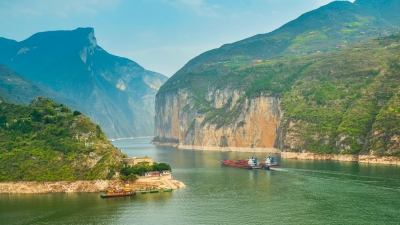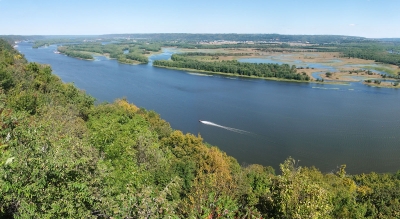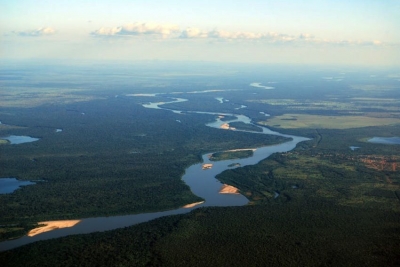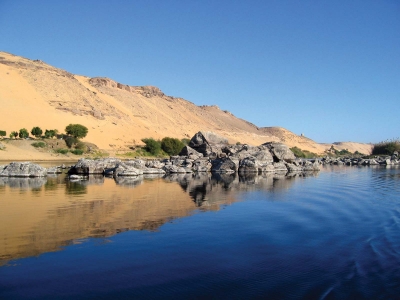Which is the fifth-longest river system in the world, and the largest to drain into the Arctic Ocean?
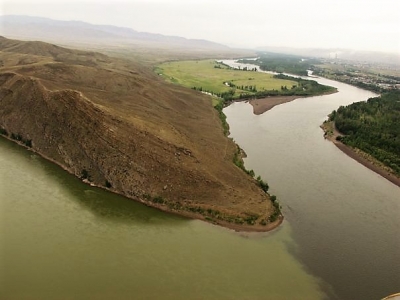
The Yenisei River is the world's fifth-longest river system and the largest draining into the Arctic Ocean.
The world’s sixth largest river in terms of discharge, the Yenisey runs from south to north across the great expanse of central Siberia. It traverses a vast region of strikingly varied landscapes where ancient peoples and customs as well as an enormous economic infrastructure are found.
About half of the Yenisey’s water comes from snow, a little more than one-third from rainwater, and the remainder from groundwater. For the greater part of the system, the eastern Siberian hydrologic regime prevails: violent spring floods are followed first by a rapid fall of levels, then by a slower fall, with summer and autumn rain floods punctuating the sequence; in winter the runoff is reduced sharply, but levels remain high as ice jams are formed. In terms of runoff, the Yenisey is the largest river in Russia, with about 150 cubic miles (620 cubic kilometres) annually.
Hunting, fishing, the breeding of reindeer, and fur farming are the traditional occupations of the more northerly peoples, and there is some mining of coal and nonferrous ores (copper, nickel) around Norilsk. Since the 1950s, power stations have been built on the Angara at Irkutsk, Bratsk, and Ust-Ilimsk and on the upper and middle Yenisey at Krasnoyarsk and Sayan, with a combined total generating capacity exceeding 25 million kilowatts. Another station on the Angara, at Boguchany, was completed in the late 1980s. Lumber is the main cargo. Some of the cargo goes upstream to Krasnoyarsk, but the downstream traffic carries bread, coal, petroleum products, and machinery, as well as lumber.
Credit : Britannica
Picture Credit : Google
